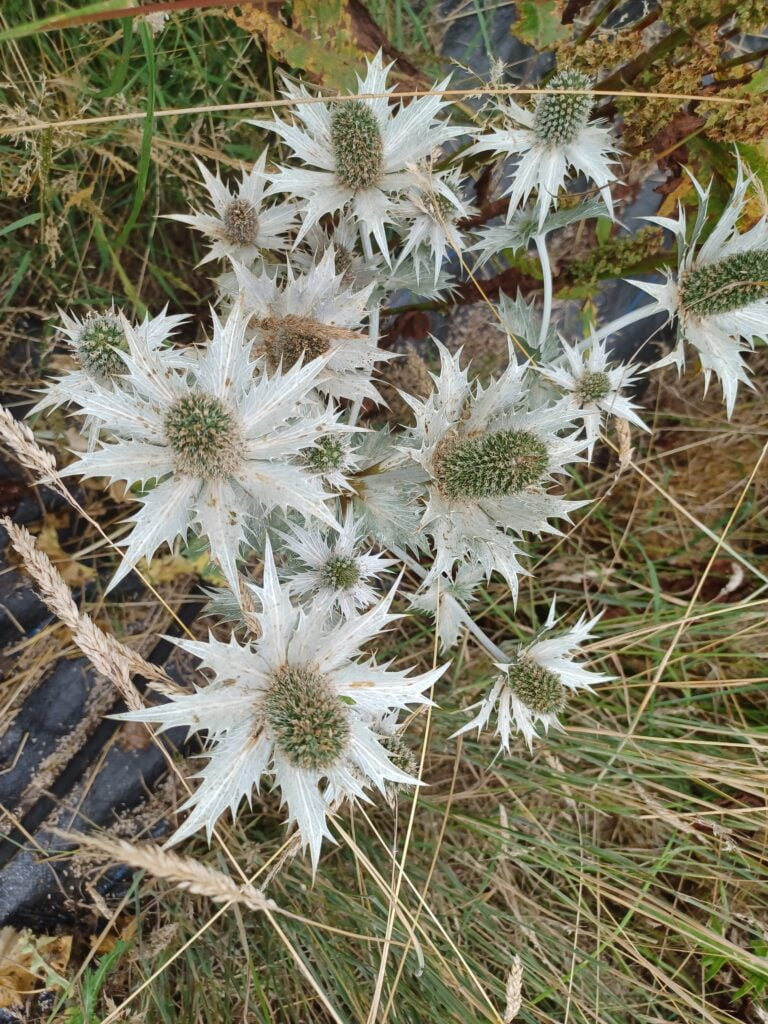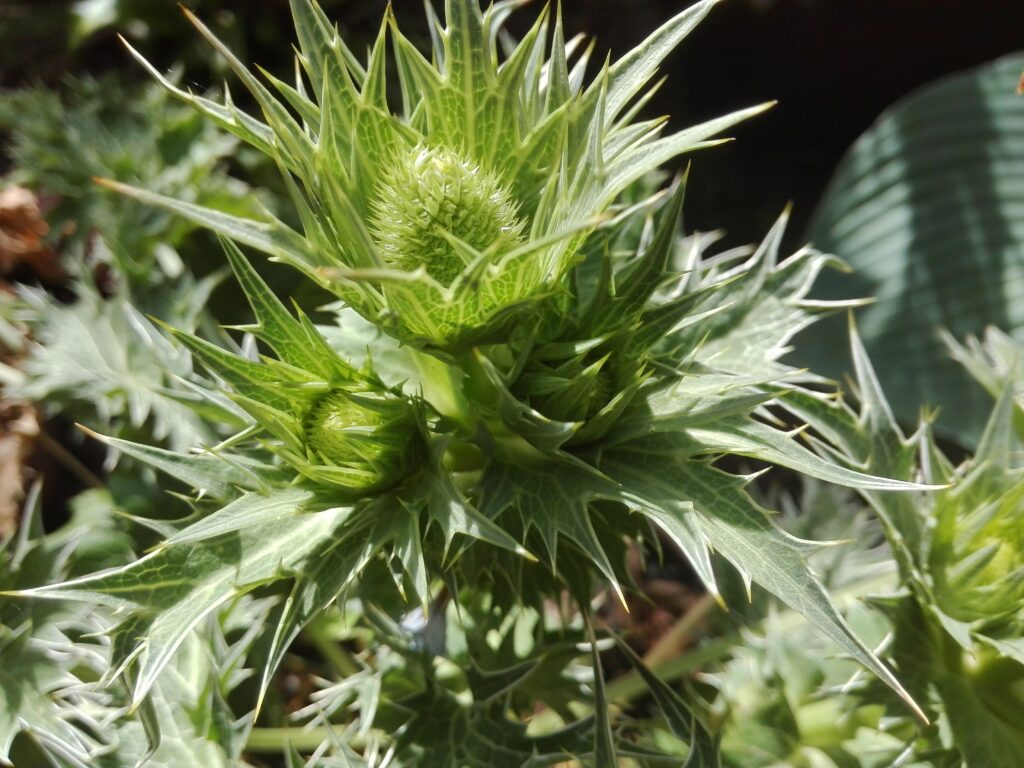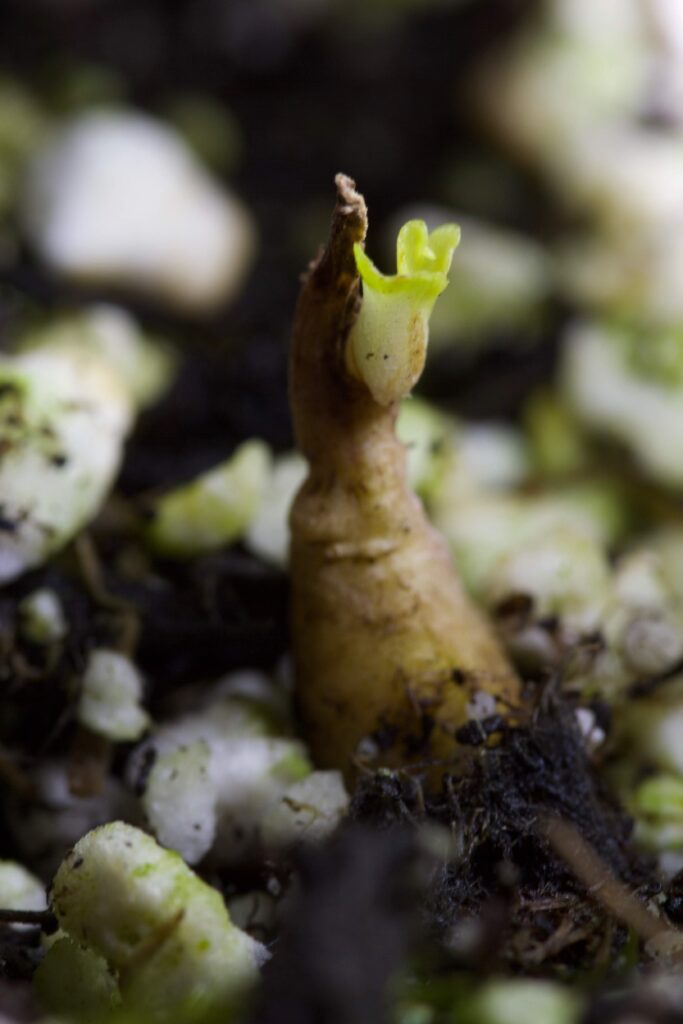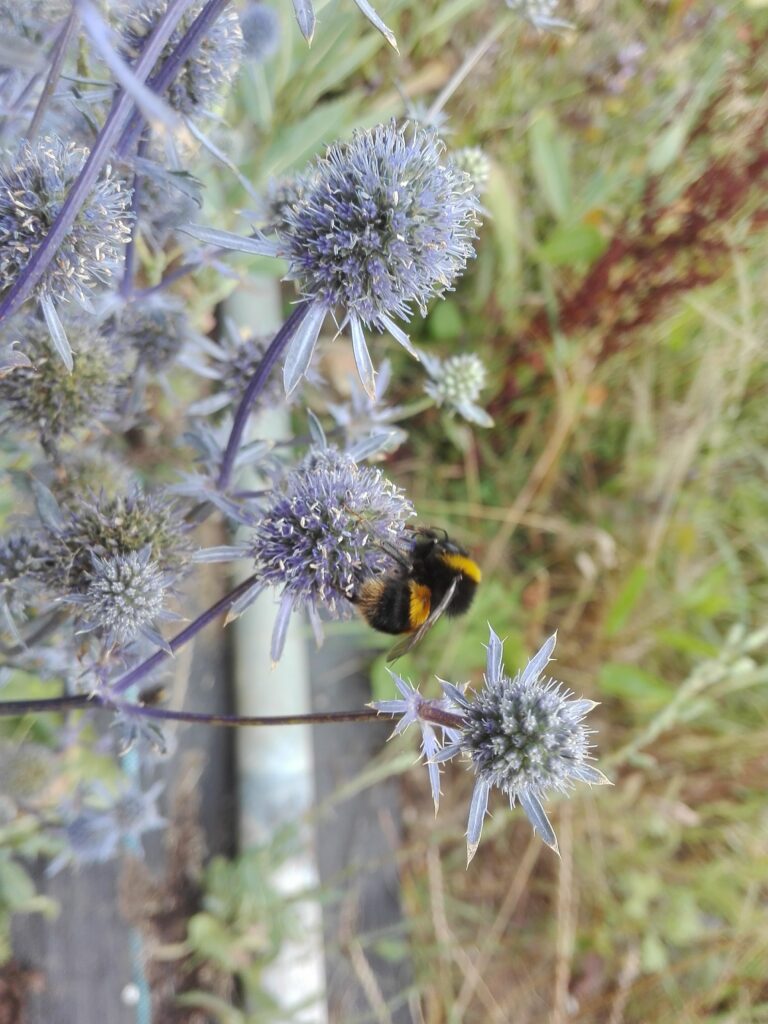So if you read my blue plant blog post you will know that this is one of my favourite plants for gardens. I would love to work towards a collections of these amazing versatile plants. Eryngium, commonly known as sea holly, although it is actually an umbellifer. It a genus of flowering plants that belongs to the family Apiaceae and can be found across most European country’s. The name “Eryngium” comes from the Greek word “eryngion” which means “spiny plant”, possibly due to a description by Theophrastus the “father of botany,” in ancient Greece, 4th century BC.
There are over 250 species of Eryngium plants that are native to various parts of the world, including Europe, Asia, Africa, and the Americas. They are popular among gardeners because of their unique, spiky flowerheads that resemble thistles, but with a distinct blue-grey color.

Physical Description
Eryngium plants range from tiny alpines to reaching up to 6 feet in height. They have large, basal leaves that are usually dark green in color, and they are deeply lobed or toothed with a spiky holly like appearance.

The flowerheads of Eryngium plants are their most striking feature. They are typically composed of many small, tightly-packed flowers that are surrounded by a spiky collar of bracts. The flowerheads can be blue, purple, or white, with some purples depending on the species, and they usually bloom in the summer months.

Growing Eryngium Plants
Eryngium plants are relatively easy to grow and care for, and they are adaptable to a variety of growing conditions and great for pollinators. They prefer well-drained soil that is rich in organic matter, and they require full sun to thrive.
Eryngium plants are drought-tolerant, and they do not require frequent watering. However, they should be watered deeply and regularly during the first growing season to help establish their root system.
Propagation
Eryngium plants can be propagated by seed or by division. Seeds should be sown in the spring or fall, and they typically take 2-3 weeks to germinate. We have found that once you have one especially of the planum variety they tend to self seed prolifically in any crevice.
To propagate Eryngium plants by division, simply dig up the plant and carefully separate the root ball into smaller sections. Each section should have at least one healthy stem and root system. Root propagation is particularly easy with this plant as it has fleshy roots that take readily.

Uses
Eryngium plants are primarily grown for their ornamental value. They are a popular choice for adding texture and interest to flower beds and borders, and they also make excellent cut flowers.
In addition to their aesthetic value, some species of Eryngium plants have medicinal properties. They have been used in traditional medicine to treat a variety of ailments, including inflammation, fever, and digestive disorders.
They are also used in in cooking with the roots of Maritimum varieties used for candied treats or cooked and eaten as a vegetable Even mentioned in Falstaffs speech
“Let the sky rain potatoes;
let it thunder to the tune of Green-sleeves,
hail kissing-comfits and snow eringoes [sea-holly],
let there come a tempest of provocation…”
— Falstaff, Act 5, scene v, “The Merry Wives of Windsor”, William Shakespeare
Eryngium Foetidum used in marinates and as garnishes in the Caribbean and in Mexico, south America and Asia it is used as it has a stronger flavour than cilantro. Other names include Vietnamese Coriander, Saw tooth Coriander, Mexican Coriander and Thai Parsley
Conclusion
Eryngium plants are a unique and beautiful addition to any garden. With their spiky flowerheads and attractive foliage, they are sure to draw attention and admiration from visitors. Whether you are an experienced gardener or a beginner, Eryngium plants are a great choice for adding interest and texture to your landscape.



Recent Comments